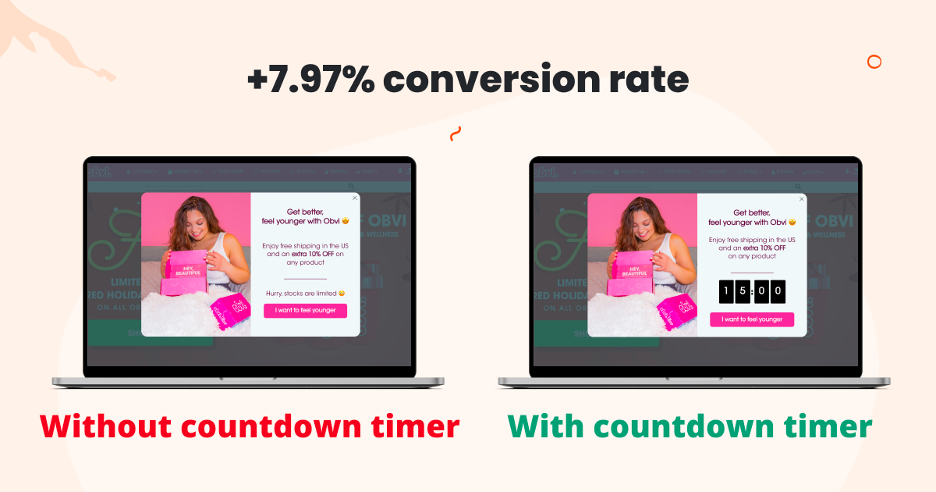A/B Testing in Content Marketing: Uncovering What Works Best for Your Audience
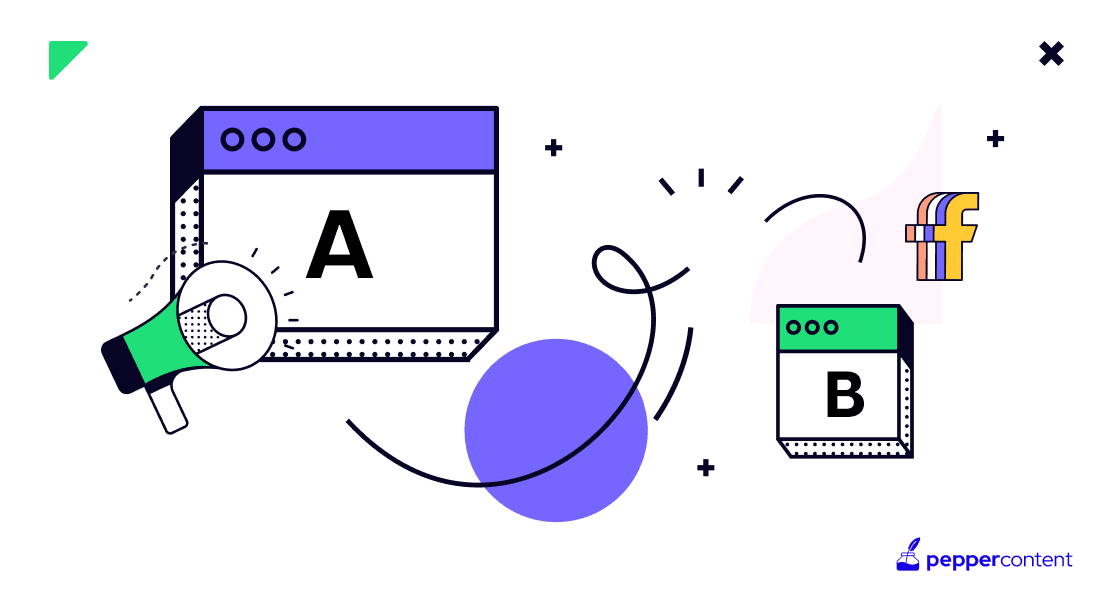
When it comes to content marketing, there is always room for improvement. And that’s where A/B testing comes in. By experimenting with different elements in your content strategy, you can uncover what works best for your audience and optimize your results. In this ultimate guide to A/B testing, we will dive into the world of optimization, sharing real-life examples and expert insights that will help you elevate your content game.
But what exactly is A/B testing? It’s a method used by marketers to compare two versions of a webpage, email, or other marketing assets to determine which one performs better. By making slight variations and analyzing the data, you can make data-driven decisions that lead to improved engagement, conversions, and overall success.
Let’s kick off our exploration of A/B testing in marketing with an example from Airbnb. They wanted to boost user engagement on their website and decided to test different call-to-action buttons. Version A had a blue button that said “Book Now,” while Version B had a green button that said “Explore.” After analyzing the data, they found that Version B generated 30% more clicks than Version A (source: Gosquared). This insight allowed them to optimize their call-to-action buttons and increase user engagement significantly.
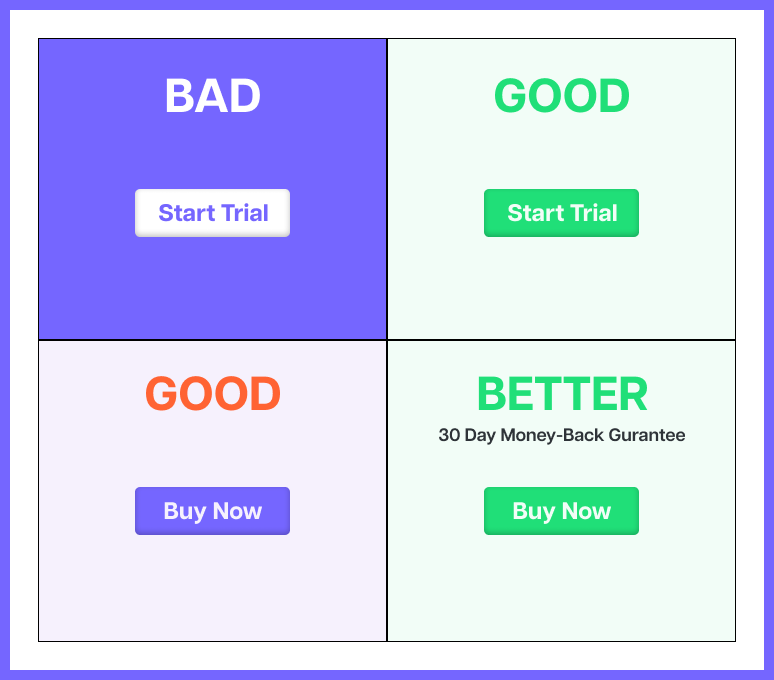
Now that we have an understanding of what A/B testing is and how it can impact user engagement let’s dive deeper into specific areas where you can leverage this powerful tool to enhance your content strategy.
Tips to Elevate your Content with A/B testing
#1 Headline Hustle: Finding the Perfect Hook
When it comes to crafting compelling content, headlines play a crucial role in grabbing the reader’s attention and enticing them to click. A well-crafted headline can be the difference between a piece of content that goes viral and one that gets lost in the noise.
That’s why A/B testing headlines is an essential practice for content marketers. By experimenting with different variations of headlines, you can identify the ones that resonate most with your target audience and maximize click-through rates.
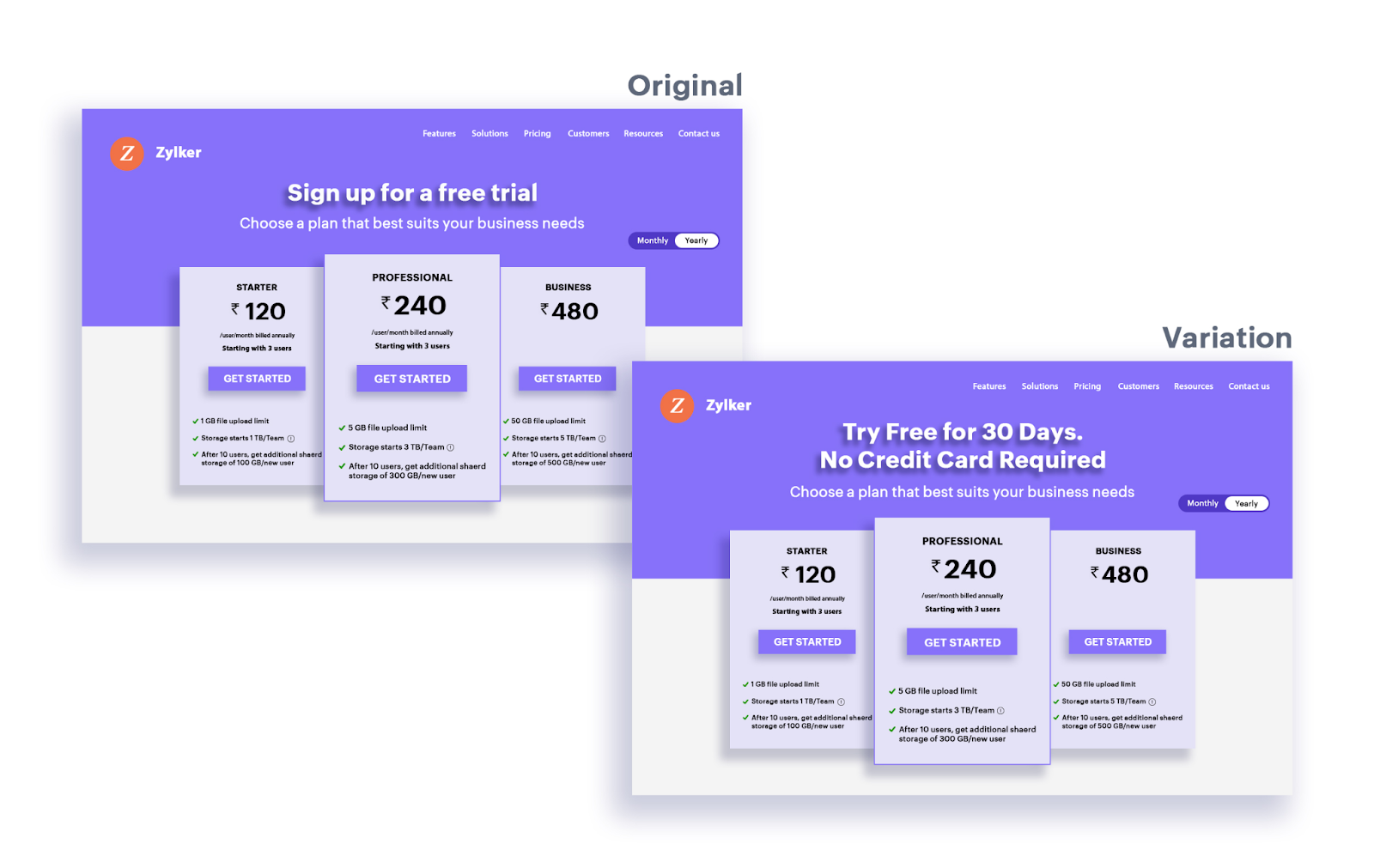
Take Buzzfeed, for example. They are known for their click-worthy headlines that leave readers curious and eager to find out more. Buzzfeed’s team understands the power of A/B testing in marketing to drive engagement. By testing various iterations of headlines, they have been able to optimize their content for maximum social shares and reach.
For instance, imagine they were creating an article on “10 Hilarious Dog Videos That Will Make Your Day”. Through A/B testing, they might try different approaches like “These 10 Dogs Have Mastered the Art of Comedy” versus “Get Ready to Laugh: 10 Dogs Who Are Total Comedians”. By comparing the engagement levels of each headline variation, they can determine which one resonates better with their audience and generates higher click-through rates.
With A/B testing, you can unlock the secret behind captivating headlines that draw readers in and keep them hooked.
#2 Crafting Compelling Calls-to-Action (CTAs)
A/B Testing in marketing is not just about testing headlines and subject lines; it’s also about crafting compelling calls-to-action (CTAs) that drive conversions. CTAs are the gateway to your desired action, whether it’s making a purchase, signing up for a newsletter, or downloading a resource. Testing different elements of your CTAs can make all the difference in maximizing conversions and achieving your marketing goals.
One notable example of successful CTA testing comes from HubSpot. They conducted A/B tests on various aspects of their CTAs, including color, placement, and text. By experimenting with different CTA colors, they discovered that certain contrasting colors resulted in higher click-through rates. They also found that placing the CTA in a prominent position within the content increased engagement. Additionally, by testing different texts for their CTAs, they identified the language that resonated most with their audience and led to more conversions.
This example illustrates the power of A/B testing when it comes to crafting compelling CTAs. By continuously experimenting with different elements such as color, placement, and text, you can optimize your CTAs to drive maximum conversions. Remember, no detail is too small when it comes to CTAs – even a slight change in color or wording can have a significant impact on user behavior.
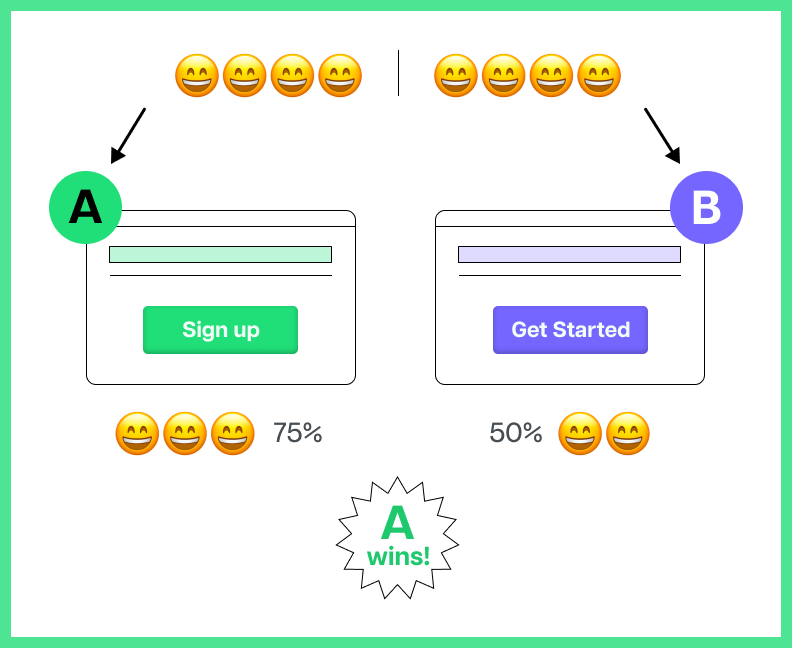
#3 Landing Page Lingo for Lucrative Leads
When it comes to driving conversions, your landing page is the ultimate player in the game. It’s the gateway to converting visitors into valuable leads. But how can you ensure that your landing page is optimized to its full potential? The answer lies in A/B testing.
A/B testing in marketing allows you to experiment with different elements of your landing page to determine which ones yield the best results. Unbounce, a leading landing page builder, has utilized this strategy with great success. By testing various layouts, they were able to pinpoint the design that resonated most with their audience, ultimately leading to improved conversion rates.
So, if you want your landing page to be a conversion powerhouse, don’t just settle for any design. Test different layouts, experiment with various elements such as images, colors, buttons, and copy until you find the winning combination that resonates with your audience.
#4 Testing Social Media Messaging
Social media has revolutionized the way brands engage with their audience. With millions of users scrolling through their feeds every day, marketers must craft compelling messages that stand out from the noise. That’s where A/B testing comes in. By experimenting with different social media messaging strategies, brands can optimize their social media for maximum engagement.
One brand that nailed its social media messaging through A/B testing is Coca-Cola. They recognized the importance of tailoring their posts to resonate with their diverse audience. Through A/B testing, they experimented with different messaging styles, tones, and content formats to gauge what resonated best with their followers.
A/B testing social media messaging doesn’t just stop at crafting better content; it also helps brands understand the preferences and behaviors of their audience. By analyzing engagement metrics such as likes, shares, and comments, marketers gain valuable insights into what resonates with their audience and can adjust their messaging accordingly.
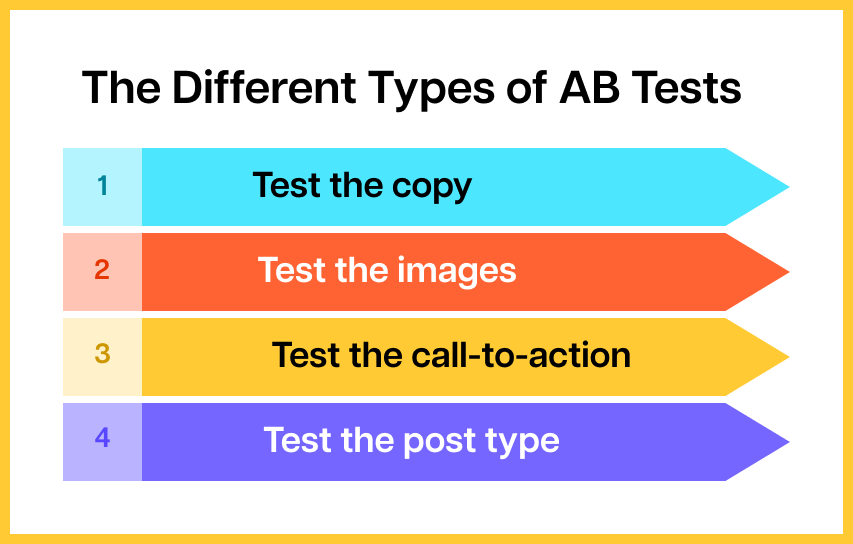
Conclusion
In this article, we’ve seen real-life examples of leveraging A/B testing to drive user engagement, conversions, and social media interaction. These success stories highlight the tangible benefits that come from analyzing and optimizing your content.
Now that you understand the potential of A/B testing, it’s time to put it into action.
Remember, continuous optimization is key. By consistently analyzing and experimenting with different elements of your content marketing strategy, you can stay ahead of the curve and consistently achieve better results.
Looking for top-notch, well-optimized content? Don’t forget to check out Pepper Content’s writing services.
Latest Blogs
Learn how to rank on AI search engines like ChatGPT, Perplexity, and Gemini by optimizing your content for authority, structure, and relevance. Stay ahead in AI-driven search with this strategic guide.
Explore the best healthcare SEO services for your medical practice. Improve online visibility and effectively reach more patients in need of your services.
Discover top social media agencies specializing in banking solutions, enhancing financial services and driving engagement.
Get your hands on the latest news!
Similar Posts

Content Analytics
5 mins read
How to Check Google Rankings: 3 Swift and Accurate Methods

Content Analytics
9 mins read
How to Measure Content Marketing Effectiveness

Content Analytics
7 mins read
